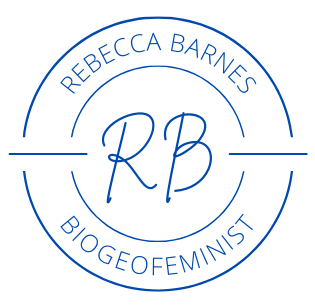In this course we explore the large biogeochemical cycles of our planet (N, C, P, S) plus water. By the end of the block students should know how they work (i.e. the chemical, biological, and geological mechanisms that drive them) and how humans have altered them (e.g. burning of fossil fuels, acid rain, land clearing). We explore this intersection through multiple projects that will rely introduce you to basic modeling (STELLA), lab, and field techniques. Project descriptions are below.
Carbon Plot Project: For this project students work in teams of 3 or 4 to quantify the carbon stocks and fluxes of a plot of land. Once the data is collected the students create a terrestrial C model (including an estimation of any stocks or fluxes that were not included in our measurements). Each group will have their own plot and each plot will represent a different land cover (e.g. the quad, the CC garden, the banks of Monument Creek). Students turn in a short (~5 page) paper that describes your methodology, results and model.
Campus N Footprint Project: Colorado College is a part of a larger national project to determine the drivers of campus nitrogen footprints. Students worked together as a class to construct the current footprint of the campus and then worked in groups or solo to consider how we, as a campus, could shrink our N footprint (e.g. if the campus achieves it’s goal of carbon neutrality by 2020 what will that do to the N footprint? If the campus instituted Meatless Mondays, how would that change things?). Students wrote short memos (~3-4 pages) addressed to Ian Johnson, Director of Sustainability at CC.
Final Project: For their final project students work alone or in groups to investigate a particular human impact(s) in a particular ecosystem(s). Students researched their topics and created a presentation and annotated bibliography. Their presentations could take any form – poem, music video, powerpoint, song, etc. A few of them are below:
- Poem about Threats to Coral Reefs by Laura Cutlip
- Song/Video about Urban Impacts on Aquatic N Cycling (to Billy Joel’s We Didn’t Start the Fire) by Naanibah Begay, Emily Laur & Loren Waters
- Video about Urban Heat Islands by Lana Cohen & Martha Walker
- Game showing how Salmon Transport Nutrients Inland
- Song about C Sequestration
- Video on Salmon Nutrient Transport
- Calculation of Aviation’s Impacts on C Emissions
- Agriculture’s effects on Air Quality
Syllabus: ev211-block2-2015-syllabus
